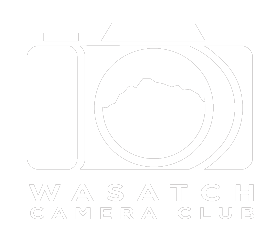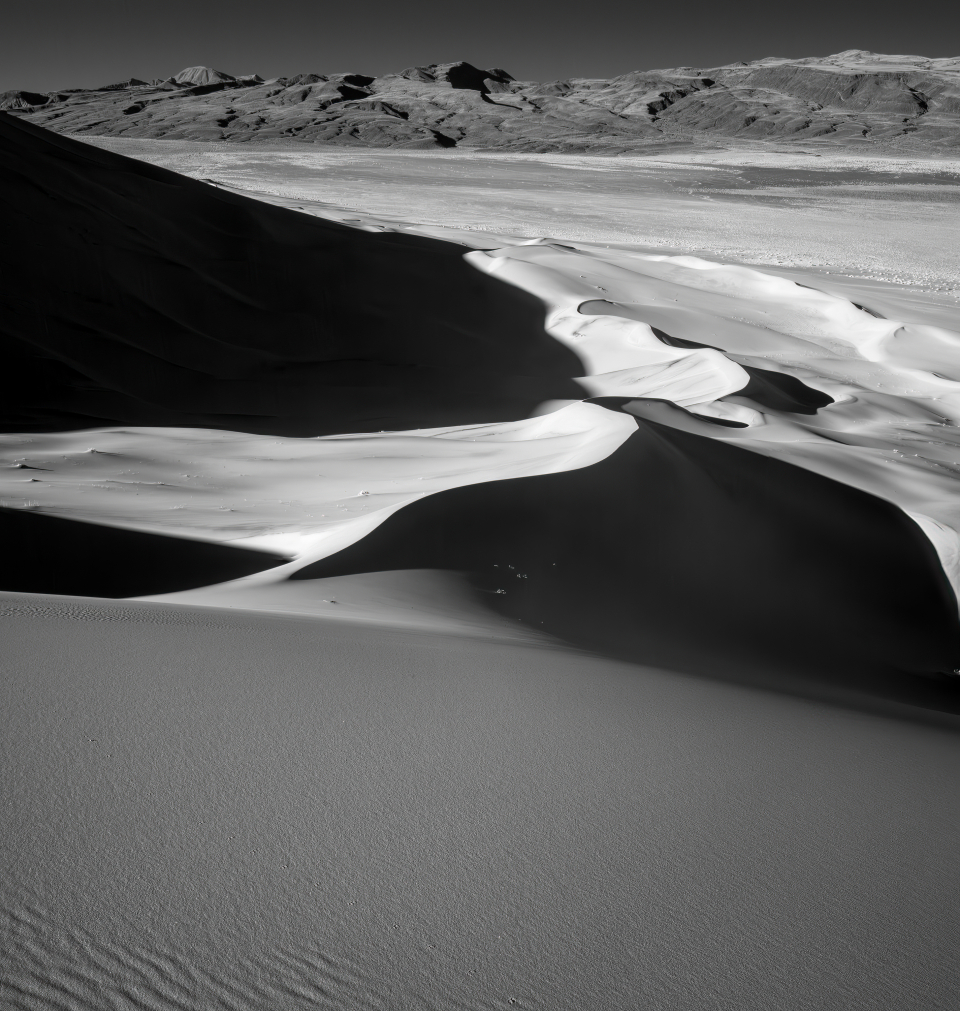Shadows are the yin to light's yang. Though, strictly speaking they are not always the opposite or absence of light, as some details often can be seen lurking deep in the nooks and crannies of dark regions. They are merely the blockage – partial or otherwise – of light. I call their presence shadow-light.
Shadows can be as strong a force in photography as light itself. The same is true in painting. Think of a Rembrandt or a Caravaggio and you cannot help but visualize inky shadows as well as light-and-dark-sculpted faces and torsos. In music, sometimes the quiet pauses between notes heighten and enhance the music to come. These are all forms of negative space or ma in the Japanese art world. Ma is an artistic interpretation of empty space that often holds as much importance as the rest of the image/artwork. Ma is represented by the deep shadows in the four images shown here. They are certainly as important as the illuminated landscapes and are needed to craft the expressiveness of the photographs.
In the world of dunescapes, shadows are integral to creating a well-made, compelling, and yes, beautiful composition. Without them scenes are flat and as lifeless as the desert often appears. With those deep pools or dark rivulets, the dunes come alive and speak of mystery and sensuousness. They create soft wells to sink your eyes into. Places to linger and wonder about. They add grace and form to shapes and lines otherwise commonplace. They create a balance and contrast that is both natural and otherworldly.
Shade for the mind; an oasis of rest. Shadow-light.
Technical notes:
These four images were taken 12 years ago in the Eureka Dunes of Death Valley National Park. They were captured with an infrared-converted (780nm) Pentax 10D, 10 megapixel camera (!). The RAW files were all recently reprocessed in the following ways:
Eureka #1, #3 and #4 were single exposures with first Lightroom’s AI Noise Reduction applied, then they were brought into Photoshop to clone out dust spots and make some light level adjustments. Black & white conversions were then accomplished with Nik SilverEfex 6 and finally Topaz’ AI Sharpen tool was used.
Eureka #2 is a two shot vertical panel with first Lightroom’s AI Noise Reduction applied, then the square-ish pano was created in Lightroom. Then was brought into Photoshop to clone out dust spots and make light level adjustments. Black & white conversion was with Nik SilverEfex 6 and finally Topaz’ AI Sharpen tool was used.


